On This Day…May 13th.
On May 13th Ken Walsh of VMF-124 became the first Corsair ‘ace’.
Later that year he received the Medal of Honor. Citation below...
CITATION:
The President of the United States of America, in the name of Congress, takes pleasure in presenting the Medal of Honor to First Lieutenant Kenneth Ambrose Walsh (MCSN: 0-10449), United States Marine Corps, for extraordinary heroism and intrepidity at the risk of his life above and beyond the call of duty as a Pilot in Marine Fighting Squadron ONE HUNDRED TWENTY-FOUR (VMF-124), Marine Air Group TWELVE (MAG-12), FIRST Marine Aircraft Wing, in aerial combat against enemy Japanese forces in the Solomon Islands area on 15 and 30 August 1943.
Determined to thwart the enemy's attempt to bomb Allied ground forces and shipping at Vella Lavella on 15 August 1943, First Lieutenant Walsh repeatedly dived his plane into an enemy formation outnumbering his own division six-to-one and, although his plane was hit numerous times, shot down two Japanese dive bombers and one fighter. After developing engine trouble on 30 August during a vital escort mission, First Lieutenant Walsh landed his mechanically disabled plane at Munda, quickly replaced it with another, and proceeded to rejoin his flight over Kahili. Separated from his escort group when he encountered approximately 50 Japanese Zeros, he unhesitatingly attacked, striking with relentless fury in his lone battle against a powerful force. He destroyed four hostile fighters before cannon shellfire forced him to make a dead-stick landing off Vella Lavella where he was later picked up. His valiant leadership and his daring skill as a flier served as a source of confidence and inspiration to his fellow pilots and reflect the highest credit upon the U.S. Naval Service.
German armour division crashes through the Ardennes forest, a manoeuvre that surprised, outflanked, and ultimately decimated the Allies - May 13th, 1940.
Really? A parachute tester... "no,this one doesn't work..."
Axis forces in Tunis surrendered to the Allies on May 13th, 1943. Here we see a Tiger being examined by Allied forces.
An agreement made by German Vice Admiral Paul H. Weneker in 1944 and the Japanese Imperial Navy high Command, saw a group of Japanese sailors under Lieutenant Commander Norita Sadatoshi sent to Germany to receive training in advanced submarine warfare tactics.
After their training, the IJN sailors were gifted the recently launched U-1224 to sail back to Japan, including a cargo of mercury, optical glass, blueprints for a IXC type U-boat and a Messerschmitt Me 163A Komet jet aircraft.
Allied intelligence discovered that the Japanese were sailing a submarine from Germany to Japan (via Malaysia), so Task Group 22.2 of the United States Navy was ordered to intercept them at the Azore Islands. Lieutenant Commander Sadatoshi had no choice but to take his boat around the tip of Africa which meant passing off the Cape Verde Islands where TG 22.2 operated.
The submarine’s (now reclassified as RO-501) intended route to Malaysia was to take RO-501 to the Azores for refueling, and then around South Africa’s Cape of Good Hope.
Laying in wait, TF 22.2 (including Escort Carrier USS Bogue and the Destroyer Escort USS Francis M. Robinson, DE-220) drove RO-501 underwater for 2 consecutive days, during which its batteries were depleted and air very much running low.
Commander Sadatoshi had little choice but to radio a distress signal to Imperial Fleet Command, not knowing the Allies had broken the code. The message allowed the Robinson to place the submarine and deploy a 24-mortar spread from its hedgehog mount (below...). Following this up with eight depth charges, a series of four underwater explosions were soon detected.
All 52 men aboard RO-501 were killed (49 crew plus the Captain, a German pilot, and a German radar operator).
F-100 pilot Capt. Jack Bryant of 722nd FDS returns to US from his London to Los Angeles record breaking flight, 13th May 1957. The bruising on his face and busted canopy is a result of a mid air refuelling accident (over Texas) - the plaster was actually to stop the oxygen mask chafing on his nose.
Following 'OTD...' report of the Battle of Attu, this photo shows US soldiers unloading landing craft on the beach at the gruesomely named ‘Massacre Bay’. Attu, Aleutian Islands, 13th of May 1943.
German Schnellboot S 204 after surrender at coastal forces base HMS Beehive, Felixstowe, England, United Kingdom, 13th May, 1945.
Close up view of USS Iowa’s number 3 turret (and 20mm Oerlikons) while at anchor in Chesapeake Bay, United States, 13th of May 1943.
Six Boulton Paul Defiants taking off and in flight in their first action of WWII. Sadly for many of these young men this first call to arms was their last on May 13th, 1940 over Holland.
Of these six aircraft on the mission, five were shot down and only one returned to base to report on the disaster. 12 crew members took off, of which five were killed, three were captured by the Germans, and four others ended up having to make their way back to Britain.
Despite the celebrated achievements of ‘Memphis Belle’, on May 13th, 1942, the B-17F ‘Hell's Angels’ became the first heavy bomber to complete 25 combat missions in the European Theater of Operations. “Hell’s Angels” was assigned to the 358th Bomb Squadron, 303rd Bombardment Group (H) and flew from RAF Molesworth.
After completing her 25th mission, ‘Hell’s Angels’ actually remained in England until 1944 and flew a total of 48 missions, miraculously (given the statistical likelihood) without a single injured crewman or aborted mission. ‘Hell’s Angels’ returned to the United States in January 1944 to tour various war factories.
Unforgivably, she was sold for scrap in August 1945.
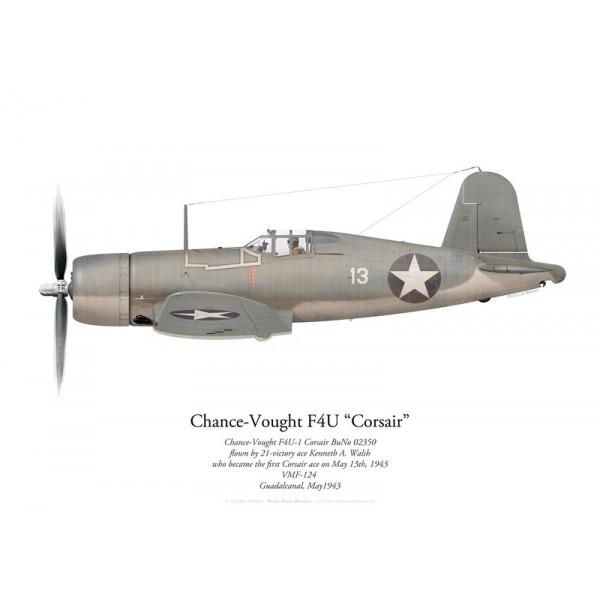
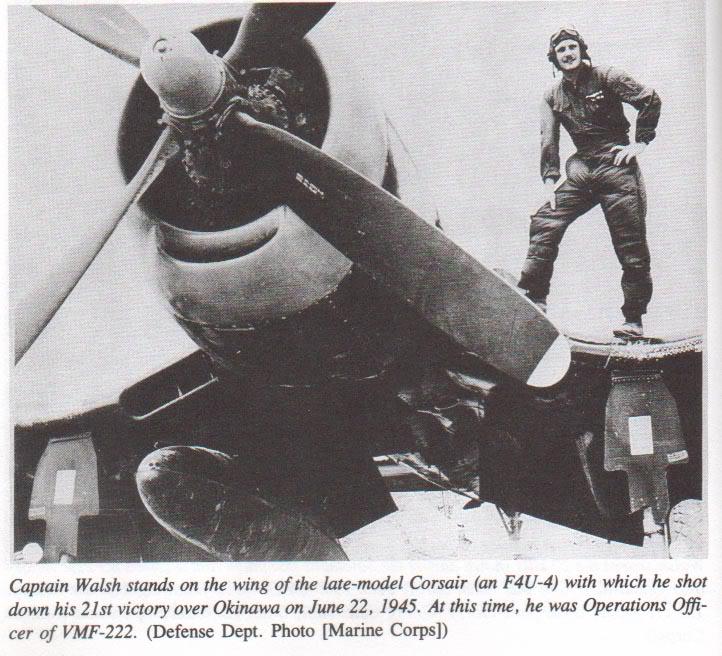
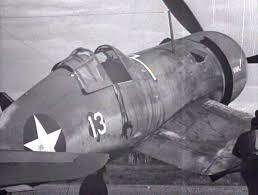
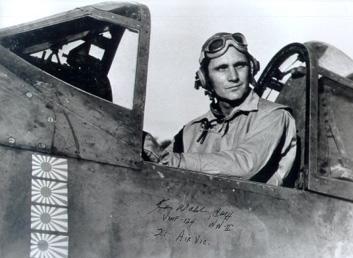
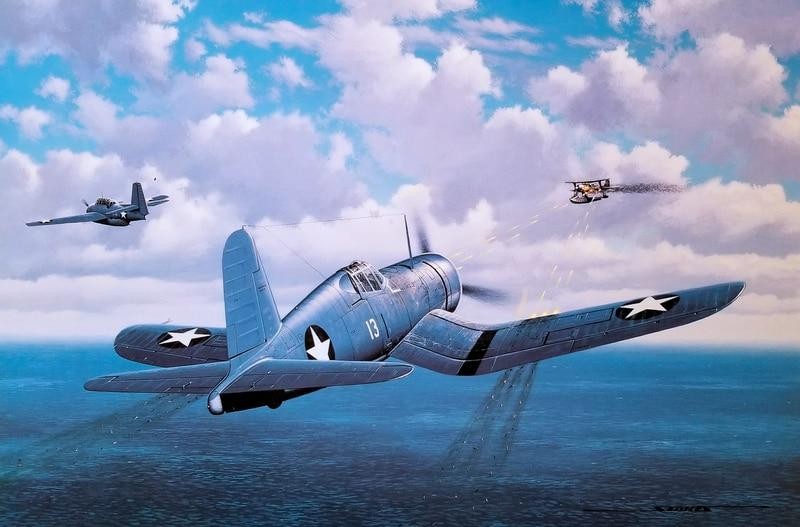
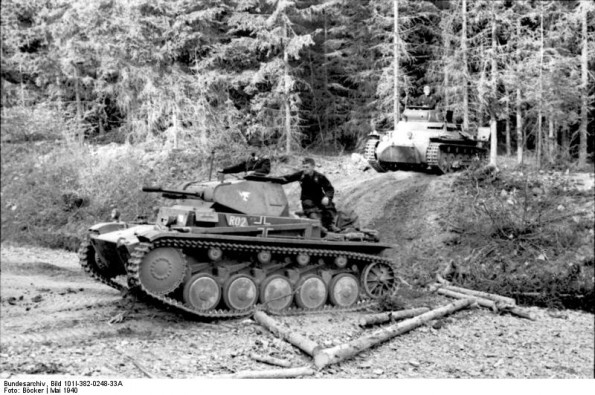

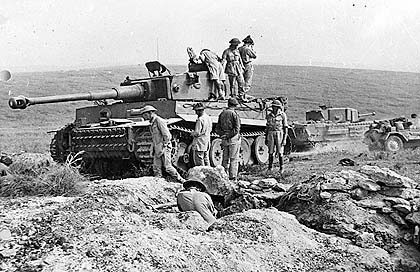
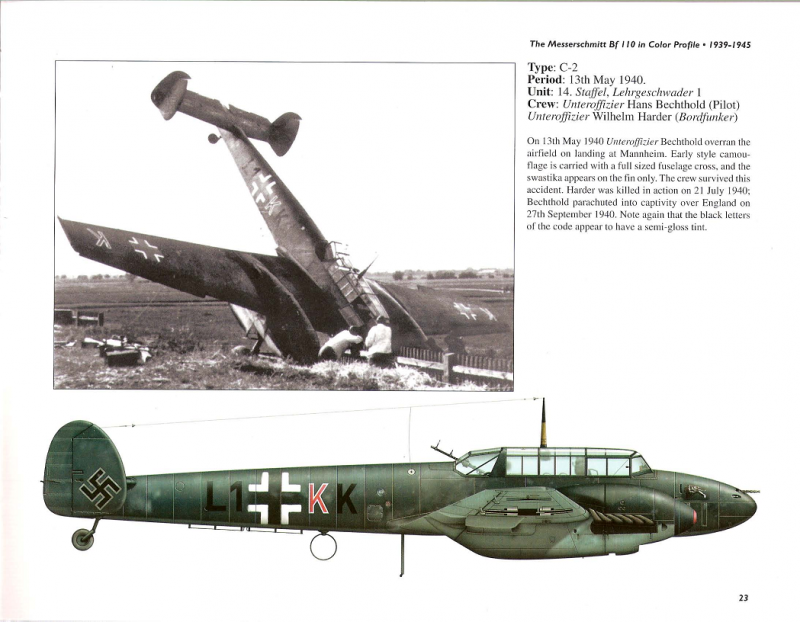



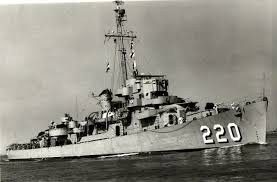

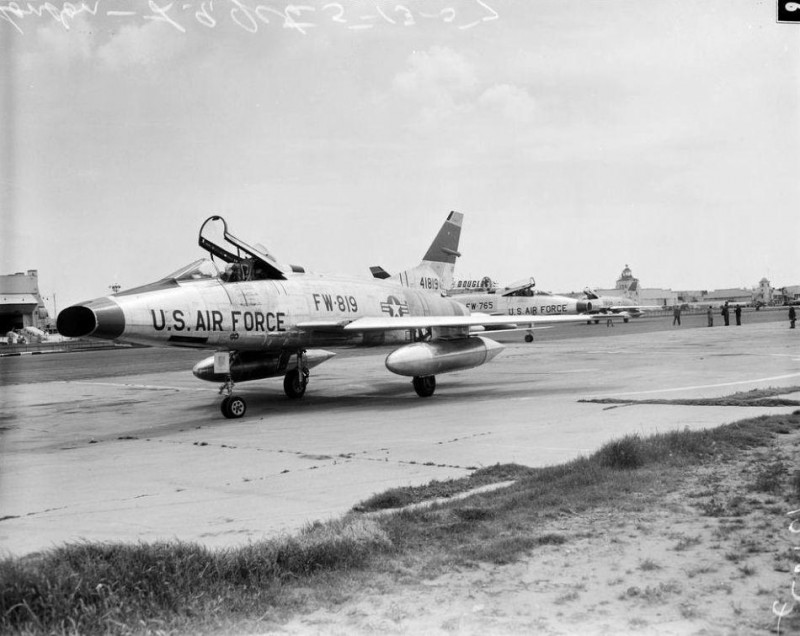
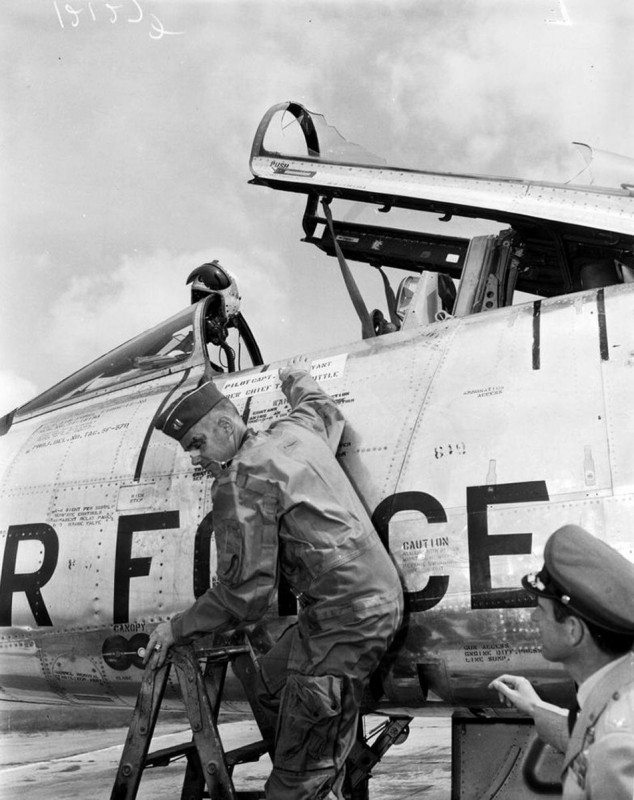
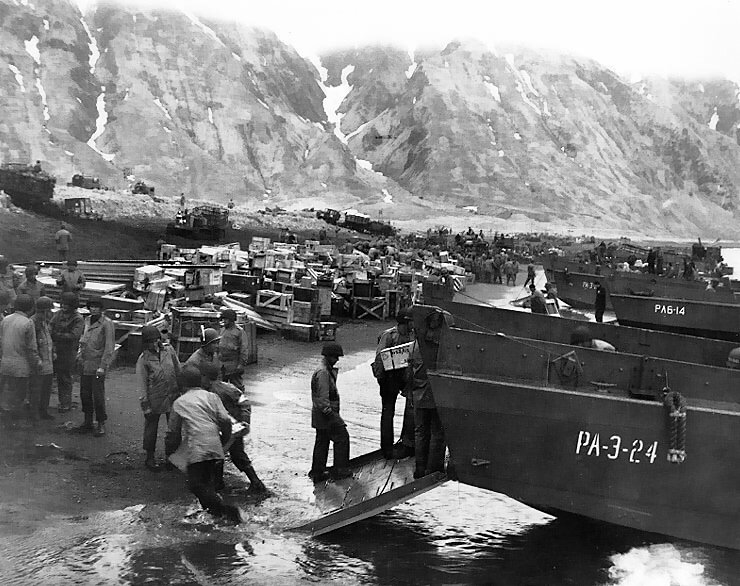
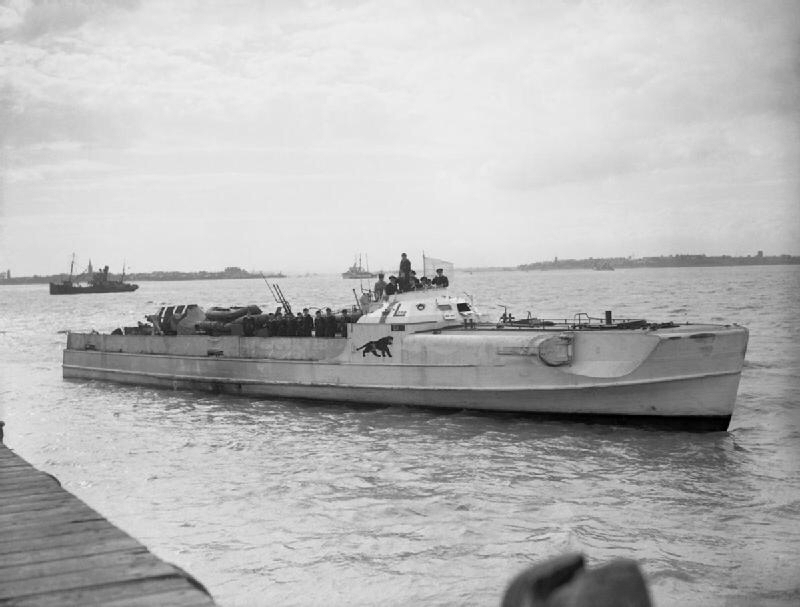
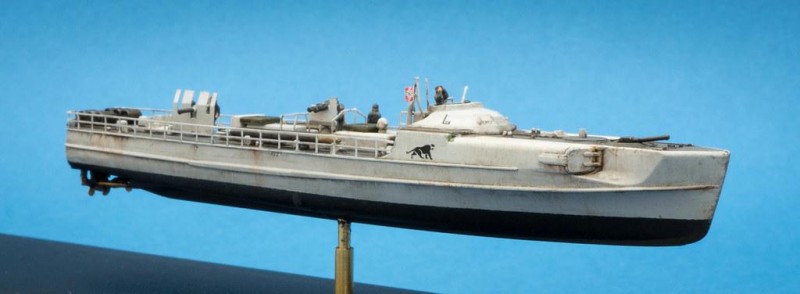
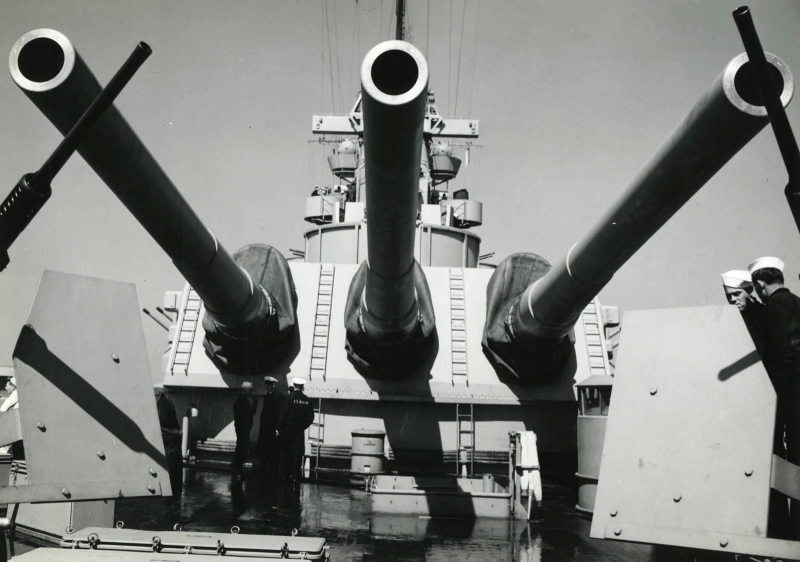
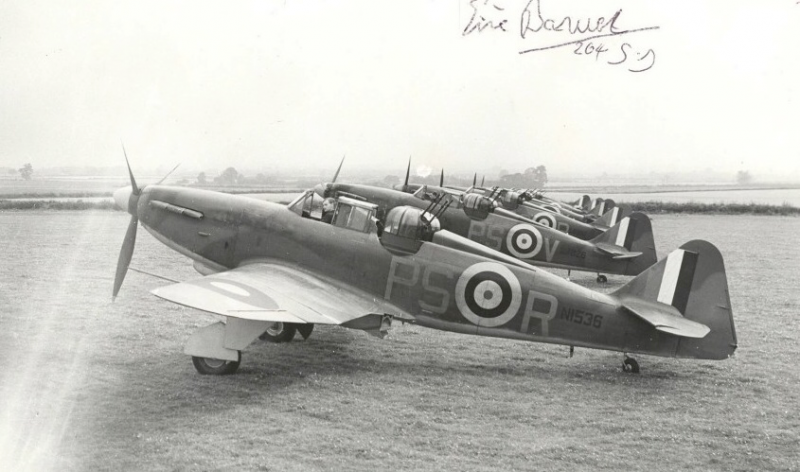
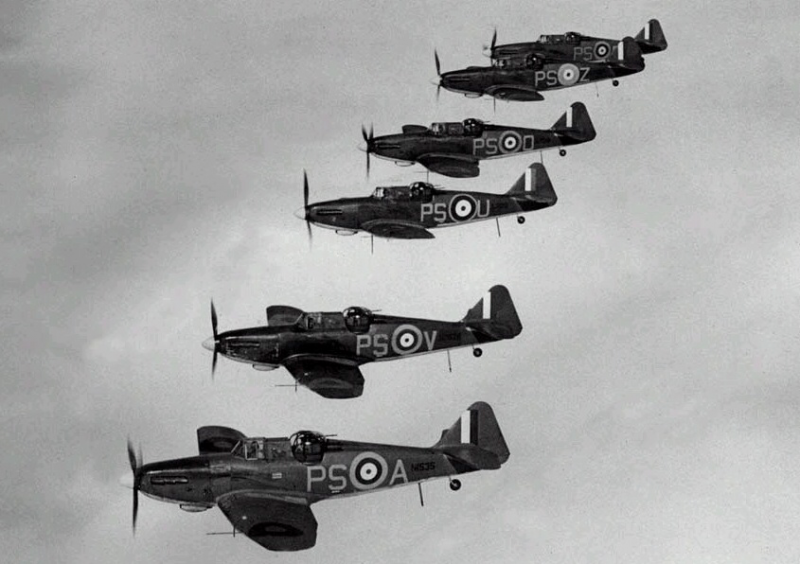
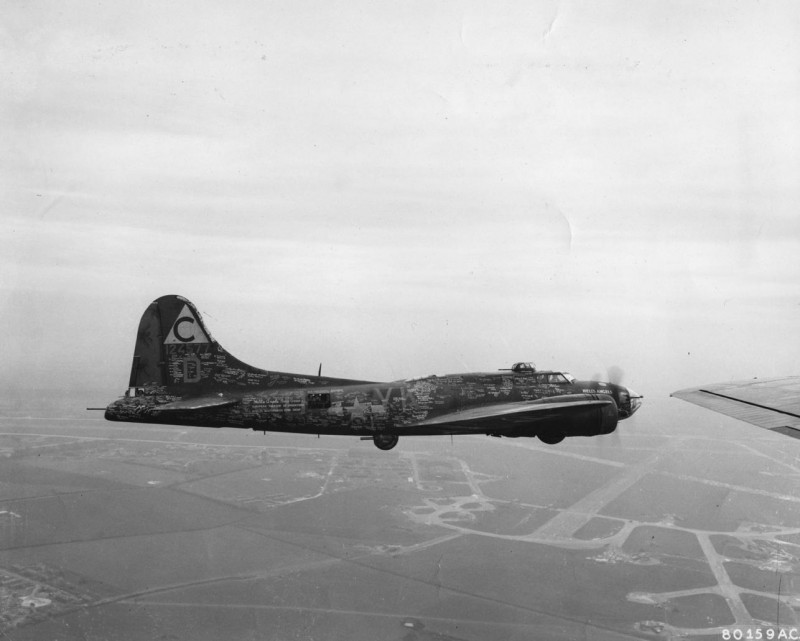

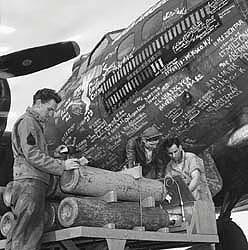
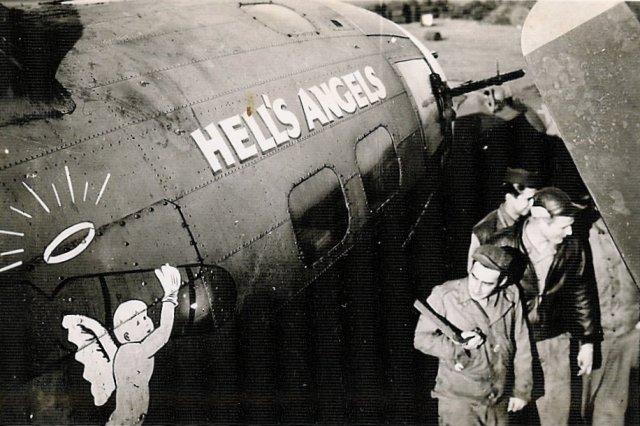
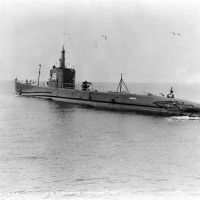
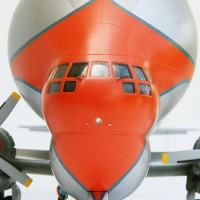
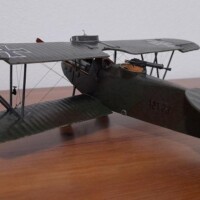
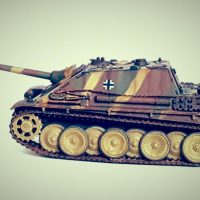
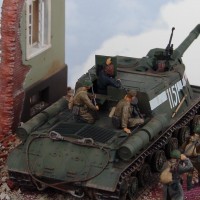
never ceases to amaze me how the Germans pulled off the Blitzkrieg in those little pz 1 and 11's...we always think of pz. III and IV's and tigers and panthers but they came later...i guess those radios made all the difference and superb training and leadership
Thankfully the guy at the top didn’t listen to the genuinely talented leaders he did have.
Thanks, as ever, Bob.
Vehicle radios, the ability for ground forces to communicate with air crews, excellent tank crew training and proper leadership at the lower levels made all the difference in the world... The Germans used their tanks properly as part of a "combined arms" effort that was "adopted" and used later by the US Army in the years to follow.
Great as always
My daily moment...
Thks so much David!
De nada, Manuel. Um prazer, minho amigo.
Boy you are pushing all the right buttons today ! This is another excellent article.
I knew the Memphis Belle wasn't the first "Heavy" to complete 25 missions. I didn't know what the "other" plane (that actually did it) was named. You answered the question and also provided pictures ...
Thanks !
'liked"
Always welcome, Louis. Always welcome.
"Hell's Angels" didn't get picked to make a tour at the completion of 25 missions due to the fact the USAAF was scared the name was "inappropriate" and the usual suspects of the "easily offended" brigade would make their offendedness public.
Makes sense to me, T.C. Can’t go upsetting the good folks by reminding them of the slaughterhouse you flew through night after night.
A nice detail about Ken Walsh is that in late 1941 he belonged to the small but important cadre of Naval Aviation Pilots (NAP) in the Corps. As a Technical Sergeant he was lowest rank but much more experienced than many of the officers in his squadron, VMF-121.
Thanks, Wolfgang. Call me a geek, but I live for these additions to 5he thread. By all accounts Ken Walsh was an excellent man, Liked by all.
I don't have a picture handy, but the USAFM actually acknowledges the fact that the MB was not the first to do 25. There is a story board next to the MB display that shows Hell's Angels and a B-24 (forget the noseart). At least they aren't hiding this bit of history and they tell why it wasn't chosen at the time.
Jim
Fabulous post, David. The story of the U-Boat succinctly speaks of the brutality of the entire affair all around. Bravo for the U.S. Navy, but man oh man, the coldness of it all.
All the parachute riggers I knew always told me that if a 'chute didn't work, I could bring it back and get another one...
Parachute tester... what a job, I used to be a wringer-out for a one armed window cleaner and I thought that was bad !
Great set by the way, cheers N.
Late to the party, and just saw this thread. My dad was a bombardier with the 358th Bomb Sq, and flew two of his 45 missions in "Hell's Angels" after the original crew had finished their 1st tour.
His regular aircraft was "Hell in the Heavens", but you didn't always fly in your regular aircraft for various reasons. When he arrived in England, the average life expectancy of an aircrewman in the 8th was 17 or 18 missions. He outlived that, obviously.
Better late than never. Well, Mike, it is an honour to have you drop in here. Really, I’m delighted to have you on board with the series and stoked that you would take the time to comment.
Thanks, and please keep tuned in, we’ll see more of the 358th in the summer.
@mikem